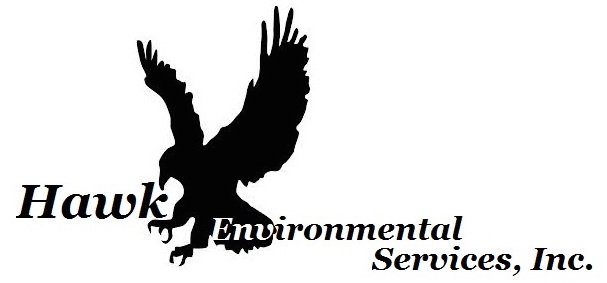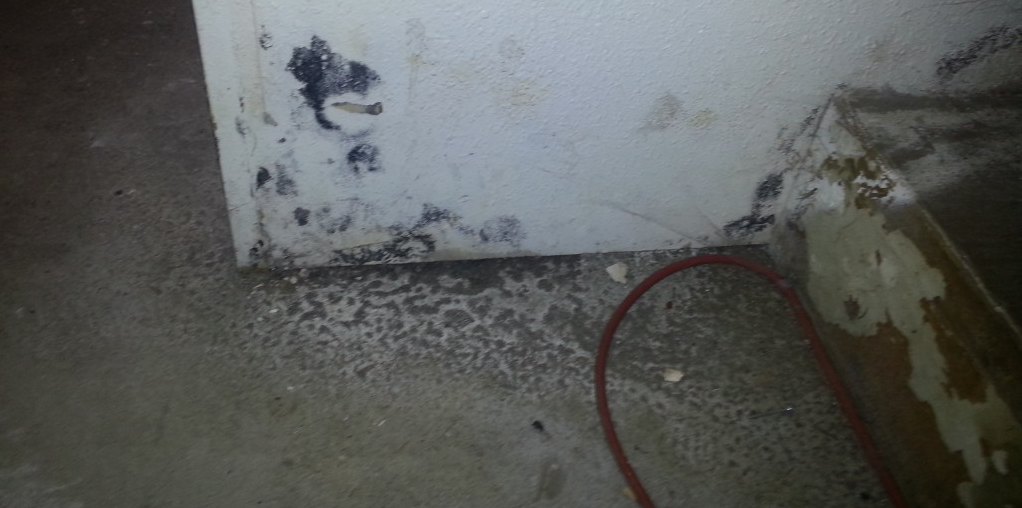Mold and fungus growth in your home can cause serious health problems, in addition to affecting your overall indoor air quality.
According to the Washington State Department of Health, some molds have mycotoxins, which can have harmful effects on your health. “When people are exposed to high levels of mold mycotoxins they may suffer toxic effects, including fatigue, nausea, headaches, and irritation to the lungs and eyes.”
Here in the Pacific Northwest, there are several different types of mold that we find in our homes, and they can affect your health in various ways. Click here for more information about mold from the state’s Department of Health.
Some of the most common types of mold affecting the indoor air quality of homes in the Pacific Northwest are…
- Penicillium – The mold used to create the medicine is also an allergenic indoor mold that can cause rashes or allergic reactions.
- Stachybotrys – This is the infamous ‘black mold’ that grows in wall cavities from hidden leaks. It also grows on drywall, carpet, and fabrics that are not properly cleaned after undergoing water damage.
- Trichoderma – Decaying wood, wallpaper, carpet, mattresses, and air-conditioning filters can develop this mold, and produce potent mycotoxins.
- Aspergillus – Lots of people are allergic to this type of mold, which usually grows on bad soy, cheese and peanut products.
- Acremonium – This mold can grow in drywall and insulation, and is usually only toxic if ingested.
Typically, mold growth is obvious by smell and sight. However, even the scent of mold can sometimes be misleading about its actual origin. Professional mold testing can identify where mold is in your home, especially if it is not obvious or visible, so that you can have it treated and cleared. Hawk Environmental Services offers Seattle mold testing to locate mold, determining its affect on your indoor air quality.
Contact us to learn more about our mold inspections and testing services.
Comments are closed.

